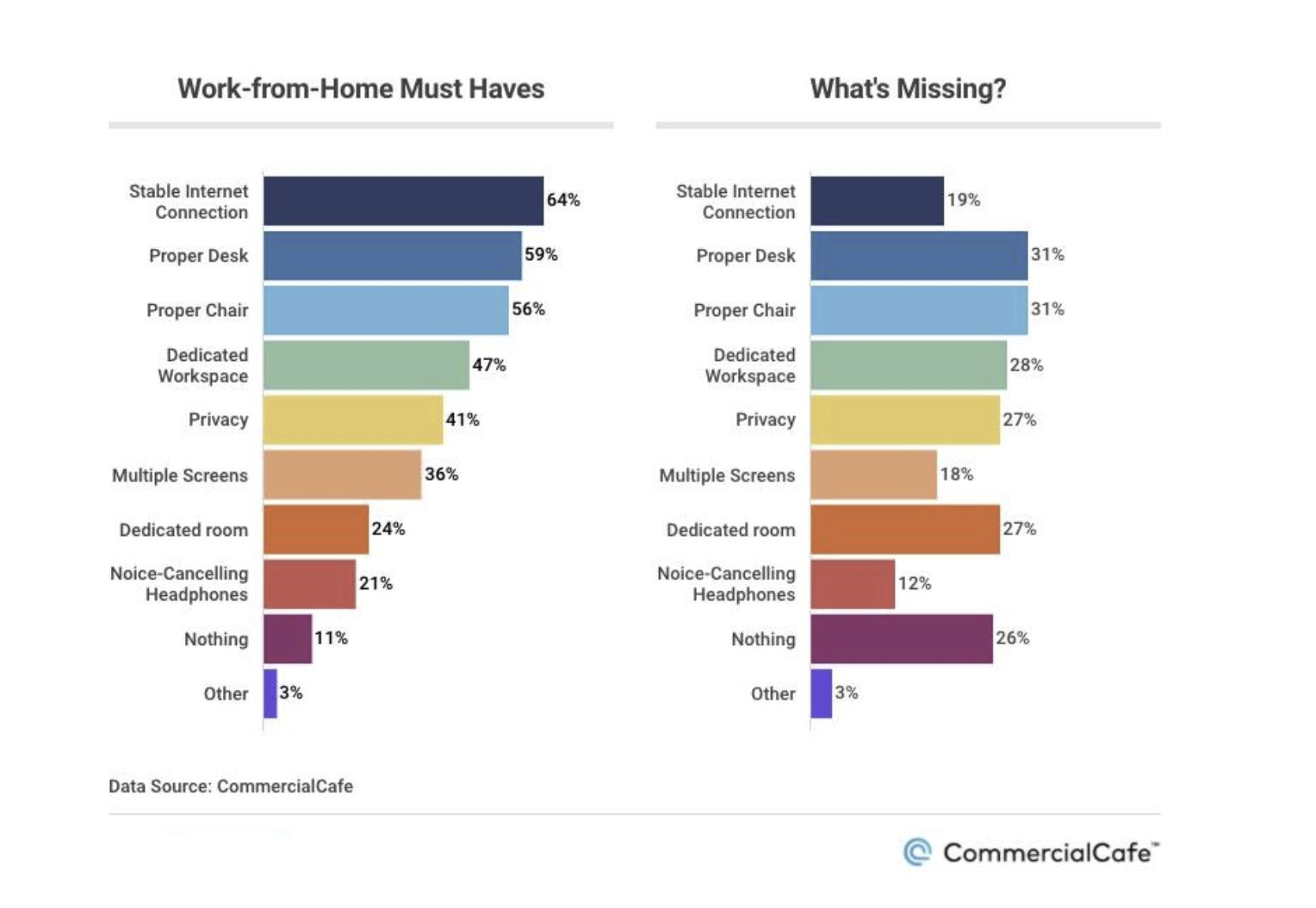With over 153 million Americans receiving at least 1 vaccine dose, Fortune 500 companies are rolling out and touting their back-to-work strategies.
Spotify and Twitter have cemented “Work from Anywhere” policies while other tech behemoths like Apple and Amazon continue to gobble up office space and envision a more office-centric culture.
With conflicting approaches, it’s daunting for Colorado executives and decision makers to chart their path forward. What is the best strategy that accounts for safety, productivity, culture, retention and recruitment?
To help illustrate this conundrum, let’s meet Tom, Dick and Jane.
Tom
Tom is 24 and just landed his first job out of college. He’s eager to prove himself and chip away at his mountain of student loan debt, but onboarding and training have been challenging remotely.
It’s also difficult for Tom to focus in his tiny apartment with roommates bogging down the Wi-Fi. Tom is eager to return to the office for a sense of belonging and to find a mentor to guide his career. The occasional happy hour wouldn’t hurt either.
Dick
Dick is 53 and well established in his career. He has an ideal setup working from home with a dedicated office and ample outdoor space for answering emails while savoring his coffee al fresco. Life has never been better for Dick who waves adios to long commutes forever.
Jane
Jane is 36 and has 2 kids under the age of 4. Jane’s husband stays home with the kids, which makes Zoom meetings a little awkward with her little ones photobombing in the background. While Jane enjoys the extra family time, she craves a quiet space to work. She also misses adult interactions over impromptu Starbucks runs.
Now what?
Given that Tom, Dick and Jane face vastly different circumstances, what are business leaders to do to ensure everyone is happy?
The answer is simple: freedom and flexibility. Most agree that a degree of remote work is here to stay, but people also want to come to the office to collaborate, innovate, learn, and connect.
The most successful organizations will be those that create a unique workplace environment with perks that draw people back to the office via motivation, not mandates.
It’s imperative to listen and respect your employees’ unique situations if you want to avoid Tom, Dick and Jane jumping ship for the competition.
 Rob Bain is a Director at Cushman & Wakefield and has been advising countless clients on how to reimagine their office after the COVID-19 disruption. Whether a client requires a new workplace strategy, additional space for social distancing, or needs to rightsize due to employees working from home, Rob has successfully aligned their real estate with their business, financial, and operational objectives. Using propriety tools like Saltmine (a customized office space planning tool) and Experience per Square Foot (a data-driven approach to measuring and benchmarking employee experience), Rob helps his clients create an inspiring space that strengthens creativity, productivity, connection and innovation.
Rob Bain is a Director at Cushman & Wakefield and has been advising countless clients on how to reimagine their office after the COVID-19 disruption. Whether a client requires a new workplace strategy, additional space for social distancing, or needs to rightsize due to employees working from home, Rob has successfully aligned their real estate with their business, financial, and operational objectives. Using propriety tools like Saltmine (a customized office space planning tool) and Experience per Square Foot (a data-driven approach to measuring and benchmarking employee experience), Rob helps his clients create an inspiring space that strengthens creativity, productivity, connection and innovation.

